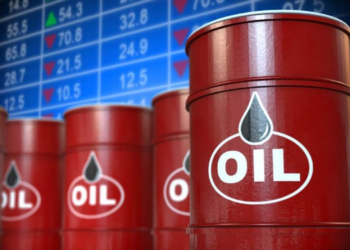Oil prices hit their highest level in 13 months at Tuesday’s trading session, as supply cuts by OPEC+ boosted market confidence across global energy markets.
What you must know At the time of drafting this report, Brent crude gained 0.5%, to trade at $60.85 a barrel and U.S. West Texas Intermediate crude (WTI) for March was at $58.25 a barrel, up 0.5%.
Both major oil benchmarks are at their highest since January 2020.
Additional supply reductions by leading oil player, Saudi Arabia, in the month of February and March, coupled with cuts by OPEC+ helped tighten supplies, thereby balancing crude oil demand/supply.
READ: Oil prices up, on rising investor risk appetite
Stephen Innes, Chief Global Market Strategist at Axi, in a note to Nairametrics, spoke on prevailing macros pushing oil prices above $60 a barrel.
“Brent surged through $60/barrel like a hot knife through butter – continuing the positive momentum from last week.
“Progress on US stimulus and optimism around the rollout and effect of vaccines across the remainder of 2021 and a slightly weaker US dollar helps the view albeit there was mixed news on the impact of the current vaccines formulated on the emerging South African variant.
“It was another solid day of gains for oil on Monday. Much of the focus has fallen on Chinese demand, which has been rock steady buyers of North Sea cargoes lately in the Platts window. Simultaneously the OECD inventory declines by design due to OPEC supply curtailment regiment are clear evidence helping the rebalancing act.”
READ: What next for Oil amid rising COVID-19 cases?
What to expect: That said, oil traders are expected to remain a bit cautious at current levels. The medium and longer-term outlook for demand is healthy, though one can understand a willingness to look through some of the near-term uncertainty that remains for oil.























